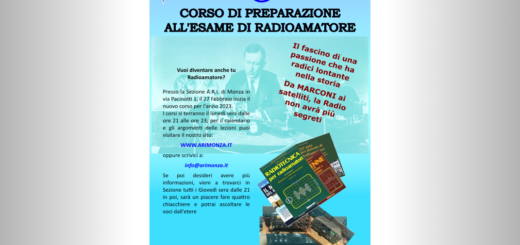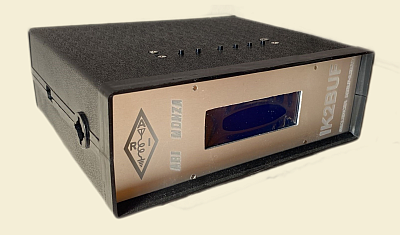contatto 19 giugno
An International Space Station school contact has been planned for David St-Jacques KG5FYI with participants at King Island District High School, Currie, TAS, Australia.
The event is planned June 19, 2019. It is scheduled to begin at approximately 08:49 UTC, which is 10:49 CEST.
The contact will be a telebridge operated by IK1SLD, located in northern Italy. The downlink signals will be audible in parts of Europe on 145.800 MHz
School presentation
King Island District High School is located in the Bass Strait off the North West Coast of Tasmania. We cater for approximately 210 students from Kinder to Year 10. Our school is at the heart of our community, we value each student and their family. We have been striving to create resilient, innovative lifelong learners; our school has been on a learning journey with Literacy and Numeracy as our core fundamentals. Our students have the opportunities for on-island and off-island camps from Year 3 and up, we participate in sporting events in mainland Tasmania, we have students from Kinder to Year 10 being able to access specialist Music and Art lessons. We are grateful to have a well resourced MDT room, Computer Lab, kitchen which has then eventuated into a school café ‘The Rock Café’, which offers café style lunches, drinks and monthly dinners to our community giving our students first-hand experience of hospitality. We are also in the process of building our own golf !
hole to fit in with the islands golfing influx of late.
Students Questions:
1. Brooke: Why did you become an astronaut?
2. Declan: What training do you need to be an astronaut to go to space and where did you do your training?
3. Tia: What sort of food do you eat and how do you determine your meal times in space?
4. Evan: What do you do in your spare time so you don’t get bored while in space?
5. Molly: Does it get lonely in space?
6. Katina: How do you exercise in space?
7. Angus: How old is the International Space Station and do parts wear out in space like they do on earth?
8. Ameila: What is your job on the ISS and how do you do it?
9. Carlos: What are space worms and why are they so important in space?
10. Lawson: How long does it take to orbit the earth?
11. Caedel: Have you researched the black hole and if so, how big is it?
12. Angus: What kind of research do you do?
13. Janelle: Do you have any advice for any of our students wishing to follow in your career path?
About ARISS:
Amateur Radio on the International Space Station (ARISS) is a cooperative venture of international amateur radio societies and the space agencies that support the International Space Station: NASA, Russian Space Agency, ESA, JAXA, and CSA. The US Center for the Advancement of Science in Space (CASIS) and the National Aeronautics and Space Administration (NASA) provide ARISS special support.
ARISS offers an opportunity for students to experience the excitement of Amateur Radio by talking directly with crewmembers on board the International Space Station. Teachers, parents and communities see, first hand, how Amateur Radio and crewmembers on ISS can energize youngsters’ interest in science, technology, and learning.
The primary goal of ARISS is to promote exploration of science, technology, engineering, and mathematics (STEM) topics by organizing scheduled contacts via amateur radio between crew members aboard the ISS and students in classrooms or informal education venues. With the help of experienced amateur radio volunteers, ISS crews speak directly with large audiences in a variety of public forums. Before and during these radio contacts, students, teachers, parents, and communities learn about space, space technologies, and amateur radio. For more information, see www.ariss.org, www.ariss-eu.organd https://www.amsat-on.be/hamtv-summary/.






